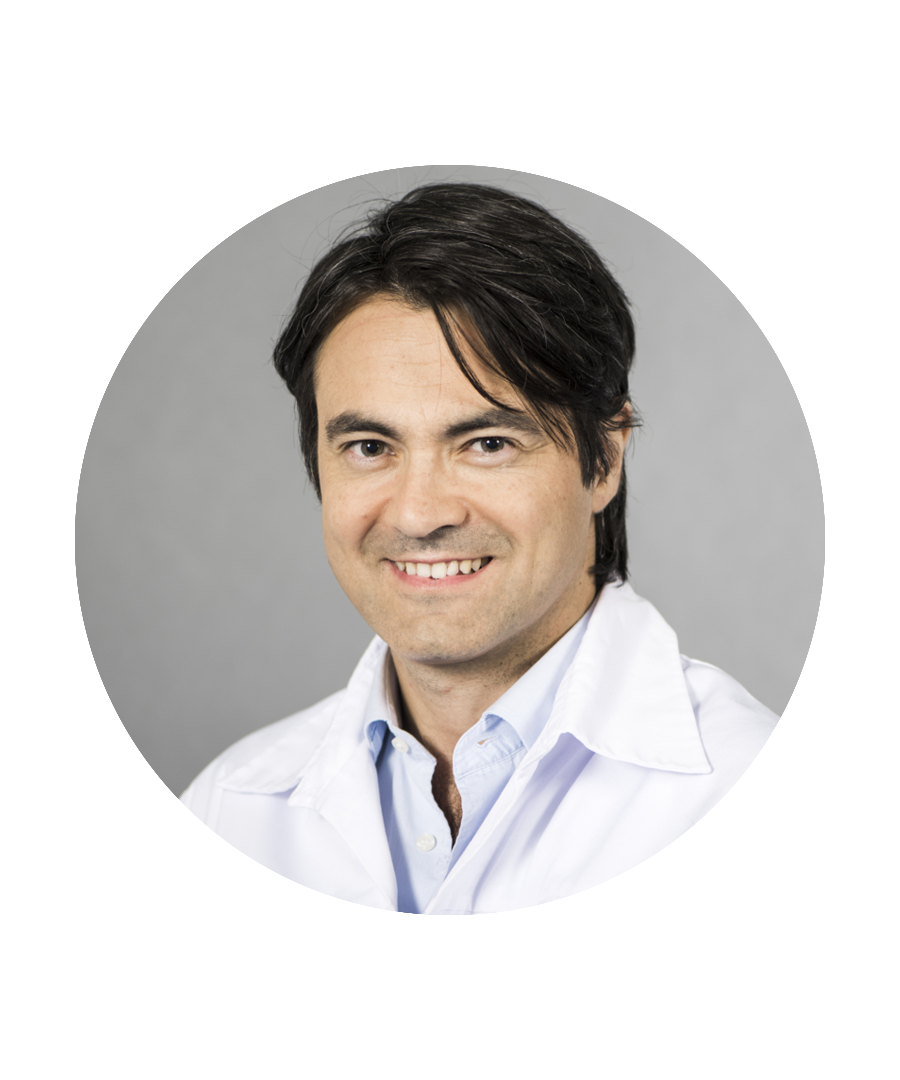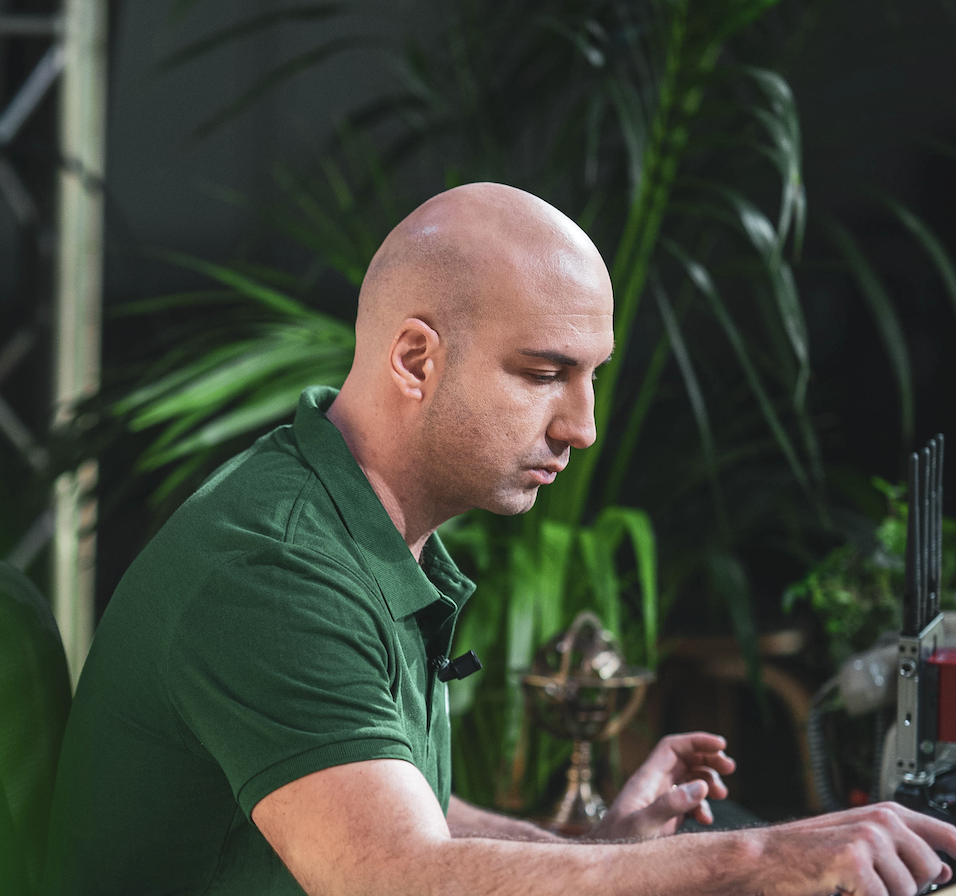Extradural giant aneurysms - SLICE Next Frontiers 2022 - Greta REIKONEN
Live CaseANTEROGRADE VS RETROGRADE
Extradural giant aneurysms:
Main issue:
- Compressive symptoms and cranial nerve lesions
- No important hemorrhagic risk
- Risk of growth up to 20% per year in giant cavernous aneurysms (>= 12mm)
Before treatment decision:
- Define clinically the relationship between symptoms and aneurysm
- Blurred vision is due to diplopia or due to optic neuropathy?
- Mass Effect – with compression on optic chiasm?
- Mass Effect – with pituitary compression?
- Control risk factors
- Complete ophthalmic evaluation
- Inform the patient that even with treatment it is possible that the symptoms won’t disappear
- Consider steroids in selected cases

Diagnostic work-up:
- MRI – evaluate mass effect
- DSA with balloon test occlusion
Informed treatment decision:
- Very low chance of self-occlusion, probably will lead to worsening of compressive symptoms
- Two types of therapies if favourable balloon test occlusion
| Reconstructive therapy | Deconstructive therapy |
Complete occlusion | 71% | 93% |
Need of retreatment | 32% | 4% |
Complication rate | 30% | 16% |
Morbidity | 16% | 9% |
Mass effect improvement | 48% | 77% |
- If nice cross-flow and both therapies available:
- Expert-opinion suggests reconstruction in younger patients and focal disease;
- In the case of deconstructive therapy in young patients with connective tissue disease, it has to be taken into account the subsequent high-flow in the contralateral ICA may lead to de novo aneurysms in this territory which might pose future treatment problems
- Recent literature data suggest much higher rates of occlusion with flow-diverter and symptoms improvement in 80% of the patients.

Reconstructive Treatment Technique:
- Consider number of stents needed
- One stent approach: may pose problems with opening very long flow-diverter stents in curbed anatomy
- Anterograde or retrograde reconstruction depends on anatomy if you have concerns about losing access to the flow-diverter anterograde reconstruction may be the superior technique (large saccular). If the aneurysm is large fusiform probably the techniques are equally reasonable.
- Using coils – if large fusiform and partially thrombosed coils may disrupt thrombus and lead to distal embolization during the procedure.
- Telescopic anterograde technique:
- Simulation of the devices may really help with choosing the stent size
- Endoleak prevention at the proximal sight – most important vessel diameter to ensure good apposition
- Use the smallest devices that give you safe landing zones and optimal overlapping
- Terminate in straight segments
- Simulate the positions of your stents to know exactly where to start and where to finish
- During catheterization if partially thrombosed aneurysm avoid touching the walls of the aneurysm in order not to avoid thrombus mobilisation
- Advance as distal as possible in the MCA with the microcatheter and advance intermediate catheter as much as possible in order to have very good support
- When the device gets out of the intermediate catheter relax the system and take the tension out of the microcatheter
- Use fluoroscopic views during deployment, ensure that guidewire of the flowdiverter is in a safe point
![Doctor Siddiqui's quotation : “I think both procedures are equally reasonable [...] because it's a relatively straight fusiform aneurysm”](https://masterandfellow.com/storage/froala/631865fee7d19.png)
- Telescopic retrograde technique:
- Simulation of the devices may really help with choosing the stent size
- Diameter of the devices in retrograde reconstruction must be increased progressively you have to take a smaller one distally and a larger one proximally in order for the proximal one not to float in the first one
- Choose nice straight segments in order to start and finish
- Once completely delivered pull a little bit on the pusher and advance the microcatheter inside try not to lose the lumen and to push the braid of the first stent
- If it is not a straight segment you may try to push forward the pusher of the first stent in the intracranial part in order to have more support to push your microcatheter inside the first stent
- Deploying the second stent in a safe straight point, push and pull during deployment to ensure good apposition
- End of the delivery: you just unsheath the implant
- Remember the smaller the diameter of the stent the better it opens, oversized stents are more difficult to open in curves
- Length of overlapping should be no less the 5-10mm
Devices in use
BLOC A
Surpass Evolve™ STRYKER
Synchro 2 STRYKER
BLOC B
Pipeline™ Vantage MEDTRONIC
Navien™ MEDTRONIC
Sources :
Cavernous sinus aneurysms: risk of growth over time and risk factors
Endovascular Treatment of Very Large and Giant Intracranial Aneurysms: Comparison between Reconstructive and Deconstructive Techniques-A Meta-Analysis
Treatment of cavernous sinus aneurysms with flow diversion: results in 44 patients
Cavernous carotid aneurysms in the era of flow diversion: a need to revisit treatment paradigms

Speakers (8)
Video Related









